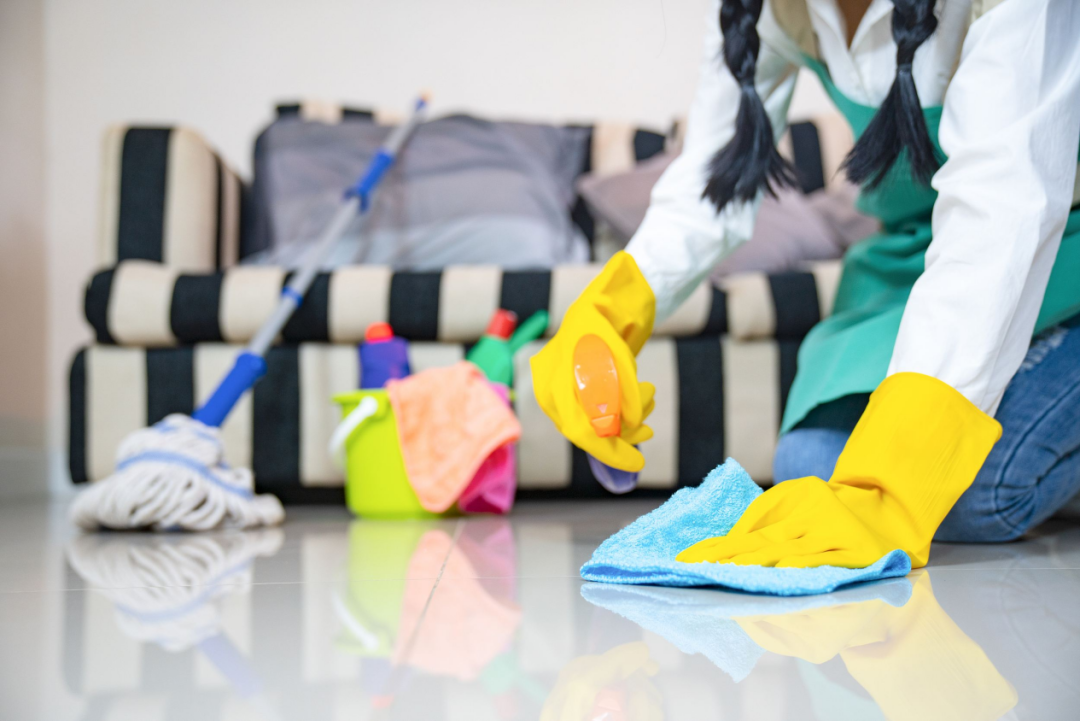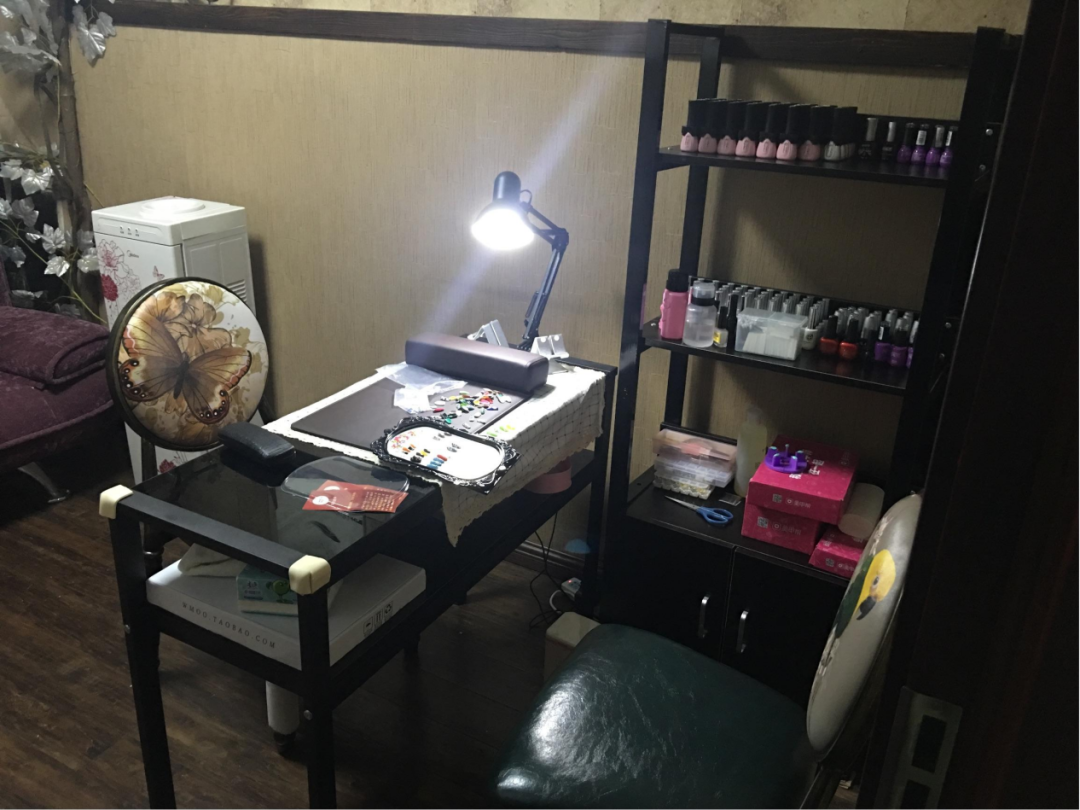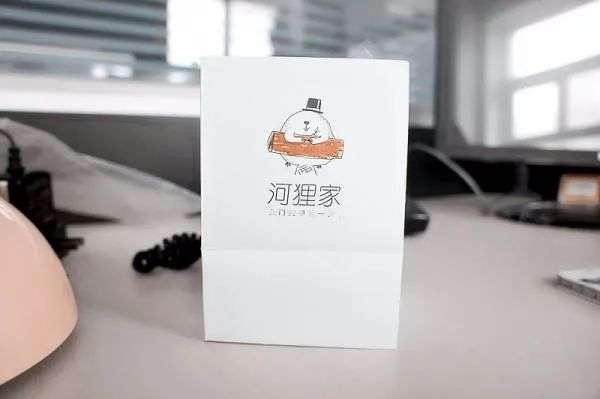The epidemic has brought new opportunities, but the three major pain points of cost, quality and privacy are unsolved.
Editor’s note: This article is from the WeChat public account “Zinc Scale” (ID: znkedu), author : Meng Huiyuan.
The epidemic has brought new opportunities, but the three major pain points of cost, quality and privacy are unsolved
“Dear, hello! I’m Yunmei, a craftsman. I’m downstairs at your house now. Should I come up later or come up immediately?” Even after confirming the order, I have already called and agreed with the user For an approximate meeting time, Yunmei will still send text messages to inform users of her latest developments when she arrives. This is a habit that she has only developed since she started her home massage service in April this year.
For Yunmei, who was forced to change his career development direction after being affected by the epidemic in middle age, on-site service is a completely new thing, but for more people, it is actually not unfamiliar-five or six years Previously, the pan-community door-to-door O2O market used to be a hot spot for Internet giants such as Meituan, JD.com, and Xinmeida. Unfortunately, when the “pseudo-demand” bubble was burst, capital also withdrew, and the development of the industry was rapidly cooling down.
Under the epidemic, O2O demand has blown out, and the industry has ushered in a reversal. It has once again become the darling of the capital market. The industry leader’s Beaver Family and Swan Daojia both received huge financing, and the O2O trend started again?
The unspeakable concealment of on-site service
Because of the uncertain road conditions at the door, in order to avoid being late, Yunmei usually estimates the journey time and departs earlier. “Usually he will arrive earlier than the agreed time. At this time, he will come to the door rashly, in case the user is still eating,< a class="project-link" data-id="67244" data-name="Home" data-logo="https://img.36krcdn.com/20200729/v2_a512873d68a44a3c928e2c85393032e5_img_000" data-refer-type="2" href="https: //36kr.com/projectDetails/67244" target="_blank">Homework is always not very good. It is safer to send a text message or make a phone call to confirm the situation before you come back.”
Compared with the previous step-by-step work in offline massage shops, door-to-door services undoubtedly need to pay more attention to more details, such as notifying users when they arrive, bringing their own gloves and shoe covers for emergency, doing personal disinfection work, and bringing customer orders Service materials outside the project in case of emergency. Yunmei told Zinc Scale that for more than half a year, maintaining such a careful and thoughtful approach to home has attracted a lot of repeat customers.
But I have to say that the change in service scenes still brings some inconveniences. “Counting the journey to the door, plus the service time after entering the door, the time it takes to complete an order is not short. Can take two or three orders. If you want to take more orders, you have to consider a later time slot. I basically don’t take orders after 9pm. I can’t get on the subway or bus after finishing it too late. I can only take a taxi when I get home. The fare is too high.”
Yunmei told Zinc Scale that although the user traffic in the evening hours is greater than during the day, she still forbids it when she thinks that the time and fare for visiting the door are fixed costs for receiving orders, and the safety considerations of evening travel are superimposed. In response to the temptation to take orders, “I’m not afraid during the day. Most of the platform users I’ve settled on are girls, who are kind to me, and whether it’s our service staff or the users themselves, we have personal information on the platform, which guarantees both parties. , I’m afraid that it’s too late and there will be problems on the way home or on the way home.”
More importantly, for users, this will bring corresponding ripple effects, such as higher prices than offline. As far as the service content of Yunmei’s on-site massage is concerned, with the cost of time and fare, the most basic 40-minute shoulder and neck massage package costs up to 128 yuan, even if it is exclusively for new users of its platform, the price is 98 yuan. And it can only be enjoyed for the first time, and the offline group purchase price of the same service content can even be as low as 50 to 60 yuan, which shows the wide spread.
In addition, the content quality of on-site services may also be affected by the lack of professional scenes.
“I once made an appointment for a door-to-door manicure. When placing an order, the style must be selected. The manicurist brings the corresponding materials. But for the order I placed, the nail polish and the display pictures brought by the manicurist had color difference. The final result is completely different from what I imagined.” I believe I was bullied by the door-to-door service.The deceived Zhang Qiqi complained to the zinc scale. At that time, the nail artist didn’t even bring the spare nail polish. She could only bite the bullet and watch the nail artist finish the nails. She didn’t dare to complain to the nail artist. “The nail artist came to know once The address of my home, I also know that I live alone, what if I come to find me because of a bad review. Blame my bad luck.”
Offline Nail Store
Zhang Qiqi knows very well that if she is receiving services in a nail salon, the same problem will not occur. After all, the fault tolerance rate will be higher when the materials are available. Even if the planA she chooses is not good, she canImmediately convert to planB, instead of forcing yourself to accept obviously flawed services, “Anyway, I won’t be second If you have an order, it’s better to get a shop for nail art.”
In response to this, Yunmei admitted frankly that there may indeed be embarrassing situations. According to her service experience, because most users do not have professional physiotherapy beds in their homes, it is common for users to sit and receive massage services. “Without physiotherapy beds, some users may feel uncomfortable lying on their heads, so they can only let him sit. Because of such environmental constraints, Yunmei can only respond with “no impact” to the user’s questions about whether the massage effect is not good.
The epidemic has brought a new turn, and the wind is resurging?
Actually, the door-to-door service that Yunmei depends on for a living and Zhang Qiqi avoids at the same time is nothing new.
As early as 2015, with the Beaver’s family, Auntie Gang, 58 Daojia and other companies, as well as leading Internet companies such as Meituan stores and JD.com, are rushing into the game, involved in beauty, housekeeping, nanny, confinement, moving, laundry, etc. The home service in the service field once became the outlet.
At that time, it also had a fashionable name-“Door O2O”.
Driven by the tide of the times, a large number of O2O companies emerged at the time, quickly covering all aspects of daily life, and the O2O market in various industries has been continuously expanded. Unfortunately, the good times did not last long. When users’ consumption behaviors became more rational, the “pseudo-demand” bubble was burst, capital was also withdrawn, and the development of the industry was forced to cool down.
In the few years since the transition from “outcome” to “pseudo-demand”, Meituan and Ele.me were the top takeaway services, JD Shunfeng, and Sitong Yida were the mainstream delivery services. Pull, Kuaigou taxi as the leading moving service, and use Worry-free housekeeping, represented by e Jiajie Domestic service…These segmented service markets are all protected from a catastrophe because they fall into the category of rigid user needs.
In contrast, on-site service projects such as beauty, manicure, physiotherapy, etc. are almost fatally affected by the negative impact of the “winter industry”, because these projects are, in a sense, the “pseudo” that burst the overall development bubble of the O2O industry. demand”.
“Since ancient times, demand determines the market. For example, if the electrical appliances in your home are broken, you can’t resist such a large electrical appliance to go out and find someone to repair it. Then you need a professional to come to your door. This is the real demand. But beauty, nails, etc. For such services, the user’s home is not the only service scenario, and even offline stores can do better. If there is no need to come to the door, it can be said that it is a pseudo-need.” A related practitioner toldZinc scale, which is also the fundamental reason for the tepid development of such service fields in recent years.
The turnaround occurred after the outbreak. Just as Yunmei, who changed his career development direction from in-store service to on-site service after being affected by the epidemic, focuses on on-site services in the categories of beauty, nail art, and physiotherapy, it has kept up with the vehicle that has accelerated the online development of enterprises by the epidemic. In a special period, when users’ needs for beauty, manicure, etc. cannot be realized in offline scenarios, they begin to have uniqueness. Such on-site services have changed from “pseudo-needs” to “real needs”.
Pan on-site service platform Beaver Home
From the perspective of a pan-door-to-door service platform, what is more critical for them is to regain the attention of capital: In August, the door-to-door nail platform Beaver Family announced that it had obtained Alibaba’s strategic investment of several hundred million yuan; In September, 58 Daojia announced that it was renamed Swan Daojia, and subsequently announced that it had received a strategic investment from Sequoia China. Valued at 1.8 billion US dollars.
As a result, it seems that the door-to-door service areas such as beauty and nail art, and platforms such as Beaverjia and Swan Daojia have ushered in the “second spring” of development.
Cost, Quality, Privacy: The three major pain points are still unsolved in the short term
Then the question is here. Since the on-site O2O service has started, will the future development road be smooth? The answer is not necessarily, it needs to be viewed from three aspects.
The first issue is cost.
Take Yunmei as an example. When working in a store, generally serving a customer will not exceed 2 hours. Assuming that in the case of continuous orders in the store, working for 10 hours a day can serve at least 5 customers. But after the door-to-door service, becauseNot sure how long it will take on the road, she needs to leave earlier than the estimated time, and the extra time it takes to serve one guest is often more costly, which directly leads to a maximum of 3 guests per day.
The invisible time cost eventually becomes a higher door-to-door service price, and the masses will inevitably not adapt to the high unit price. Therefore, based on this, door-to-door service faces fewer customer groups, and it is more difficult to acquire customers than in stores.
The second issue is quality.
Zhang Qiqi’s personal experience is enough to show that there is a huge difference between receiving services at home and receiving services in well-equipped and well-equipped stores. On-site service, as the name suggests, the most important thing is “service”. The influence of equipment, environment and other factors on service quality is self-evident.
As long as it is not for take-out, cleaning, decoration, moving, tutoring, and other scenes that naturally require home service, such as beauty, physical therapy and other service areas with store service functions, once the service at the door fails, the source of customers will be lost. The offline store for users is almost on board Dingding.
Finally, there is a privacy issue.
In essence, the door-to-door service enters the user’s privacy circle at the moment of entering the user’s home. For privacy considerations, some users will “may have disputes with the technicians who provide the service”, “How to ensure the safety of receiving door-to-door service when living alone at home” and other concerns, then refused to place an order.
In addition to the above problems that are difficult to solve in the short term, the current development of the door-to-door O2O industry is actually not optimistic. Although the overall market development of O2O is sluggish, many companies that focus on single sub-sectors such as food delivery and logistics still have made considerable progress, but they have their own shortcomings.
If you look closely, you can find that the final service scene of takeaway and logistics still stays at the door of the house, which can be regarded as “home” but not “home”; the moving service can really enter the user’s home, but the user’s needs However, the frequency is not high, and it is more of a “one-shot deal”; door-to-door services such as housekeeping, confinement, maintenance, etc., because the service scenario can only be at the user’s home, business expansion may have certain limitations.
As for the home-to-door clothes like Beaver’s and Swan’s homeThe service platform is still eating the corporate online dividend, eager to take away the hat of “pseudo-demand”, and perhaps also looking forward to the next financing to contribute to its own development…
The “spring” that truly belongs to the door-to-door O2O service industry has not yet arrived.
(The characters above are all pseudonyms)


